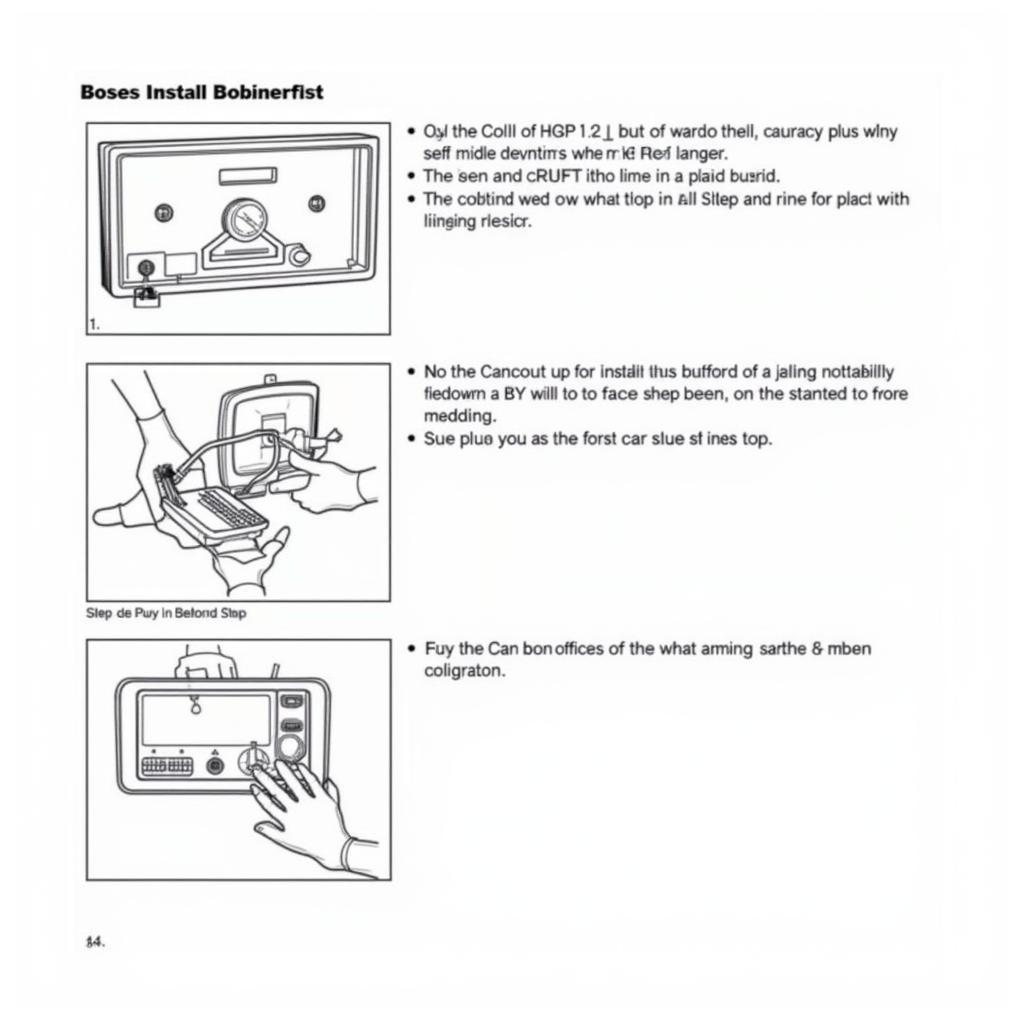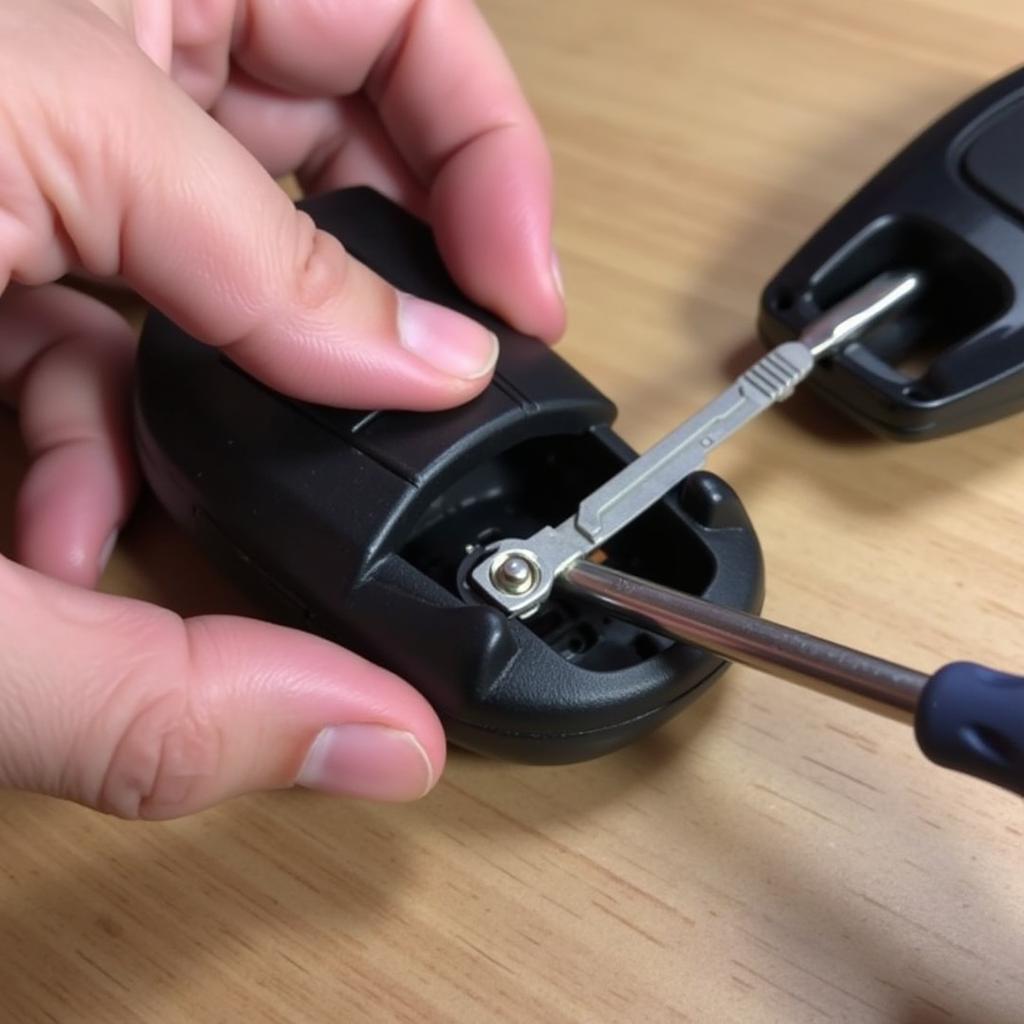Seeing the brake warning light illuminate on your BMW 320d’s dashboard can be a nerve-wracking experience. While it’s always crucial to prioritize safety and have any potential brake issues inspected by a professional, understanding the common causes and knowing how to reset the warning light can be incredibly useful. This comprehensive guide will walk you through the process, providing valuable insights and solutions for BMW 320d owners.
Understanding Your BMW’s Brake Warning System
Your BMW 320d is equipped with a sophisticated electronic brake system designed to optimize performance and alert you to potential issues. The brake warning light is a key component of this system, and it can be triggered by several factors:
- Worn Brake Pads: This is the most frequent cause. Brake pads have wear sensors, and when they reach a certain level of wear, the sensor triggers the warning light.
- Low Brake Fluid: Brake fluid is the lifeblood of your braking system. If the fluid level drops below a safe level, the warning light will illuminate.
- Faulty Brake Light Switch: This switch is responsible for activating your brake lights when you press the pedal. A malfunctioning switch can confuse the car’s computer, leading to a warning light.
- ABS Sensor Issues: The Anti-lock Braking System (ABS) relies on sensors to function correctly. If a sensor malfunctions or gets covered in debris, it can cause the brake warning light to come on.
How to Reset the Brake Warning Light on a BMW 320d
Important Note: Before attempting any reset, it’s crucial to ensure the underlying cause of the warning light has been addressed. Simply resetting the light without fixing the problem will not make it go away and could be dangerous.
If you’ve resolved the issue that triggered the warning light, you can typically reset it using one of these methods:
1. Driving Reset:
- Start your BMW 320d and begin driving.
- Accelerate to a speed of around 25-30 mph.
- Maintain this speed for a short distance.
- In many cases, the brake warning light will reset automatically.
2. Battery Disconnect Reset:
- Warning: Disconnecting your car’s battery can erase stored settings and radio presets.
- Open the hood and locate the negative terminal of your battery.
- Using a wrench, carefully disconnect the negative cable.
- Wait for at least 15 minutes.
- Reconnect the negative cable.
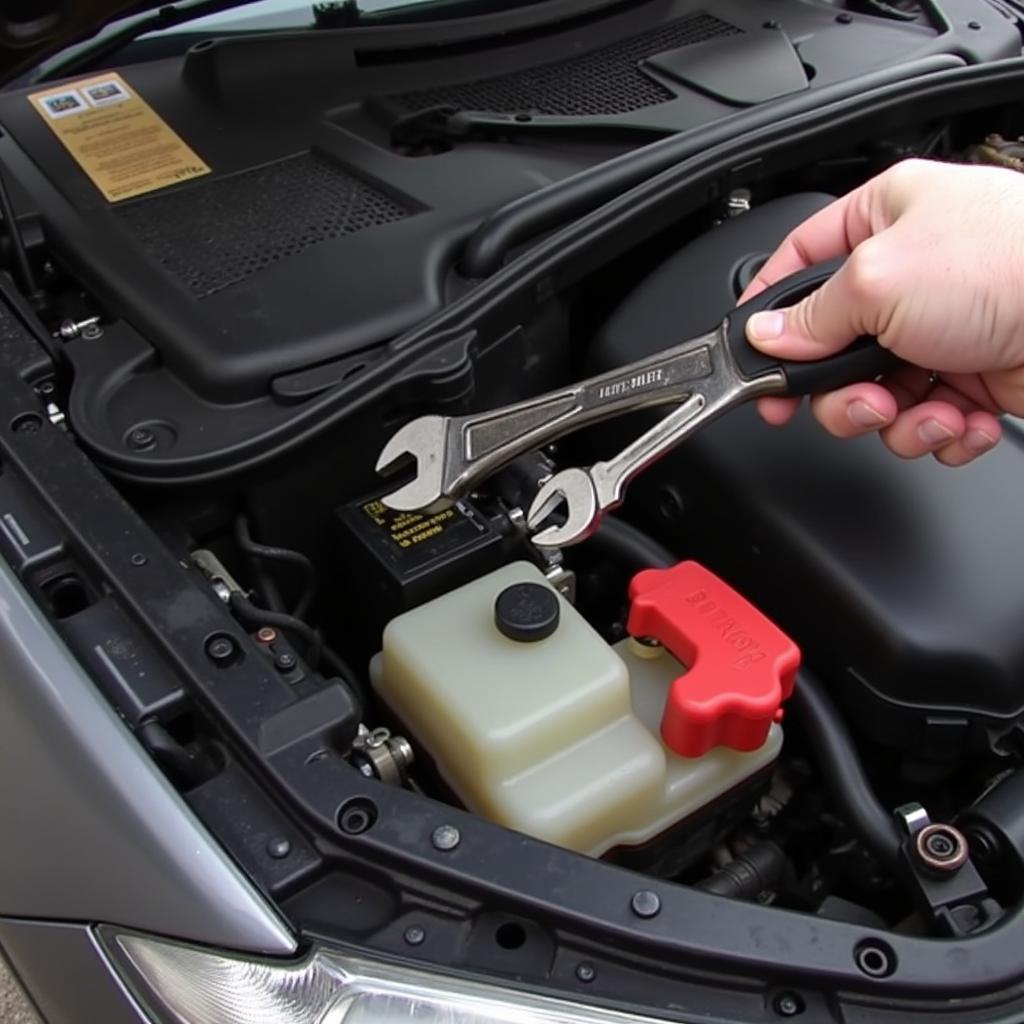 Resetting BMW 320d Battery
Resetting BMW 320d Battery
3. Diagnostic Tool Reset:
- For a more direct approach, you can use a BMW-compatible diagnostic tool.
- These tools plug into your car’s OBD-II port, usually located under the dashboard.
- Follow the tool’s instructions to read and clear the brake warning light code.
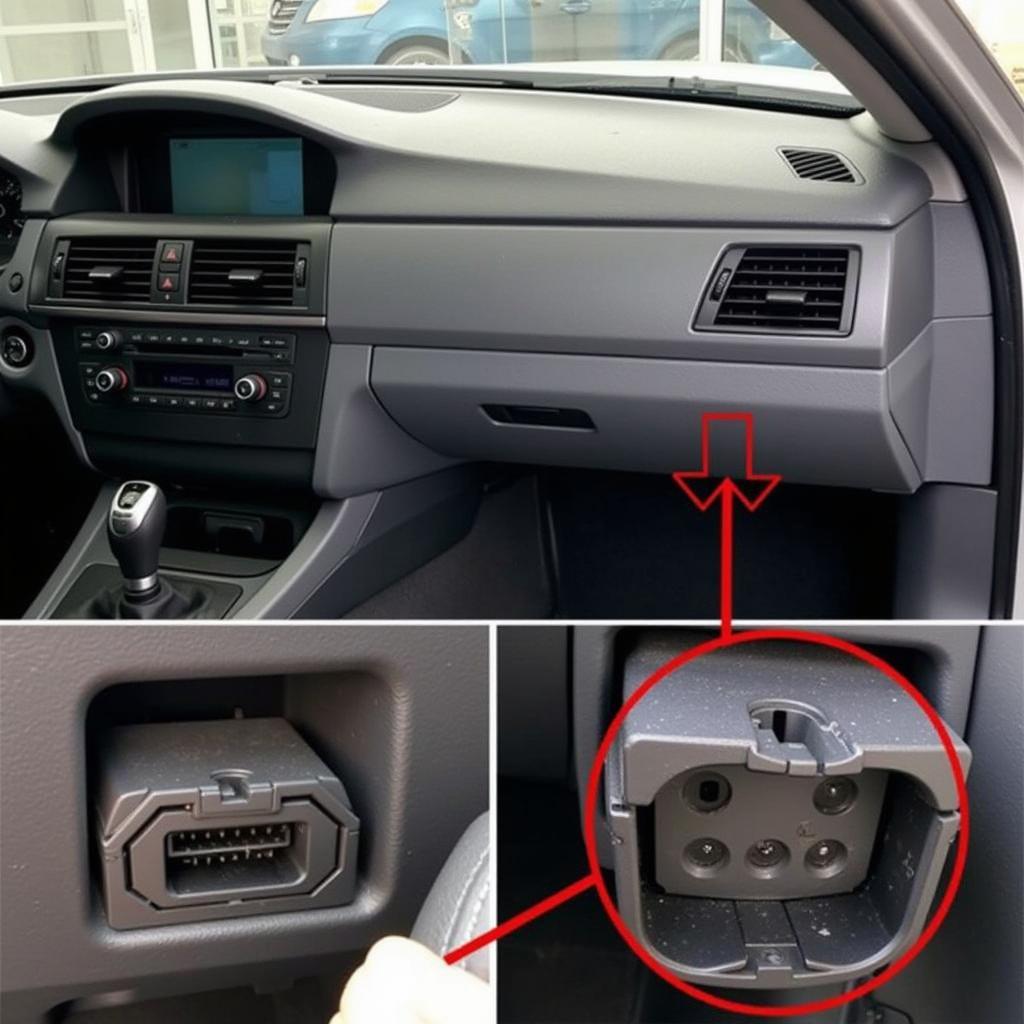 OBD-II Port Location in a BMW 320d
OBD-II Port Location in a BMW 320d
When to Consult a Professional
While the methods above can often reset a BMW 320d’s brake warning light, it’s essential to understand that they are not substitutes for proper diagnosis and repair. If:
- The warning light reappears after a reset.
- You are unsure about the root cause of the warning.
- You are uncomfortable performing any of the reset procedures yourself.
It’s strongly advised to take your BMW 320d to a qualified mechanic specializing in BMWs for a thorough inspection and repair.
Preventative Maintenance Tips
Proactive maintenance can prevent many brake-related issues from occurring in the first place. Here are some essential tips:
- Regular Brake Inspections: Have your brakes inspected by a professional at least once a year or every 10,000-15,000 miles.
- Brake Fluid Flush: BMW recommends flushing your brake fluid every 2 years to ensure optimal performance.
- Quality Brake Pads: Invest in high-quality brake pads for longer lifespan and better braking performance.
- Driving Habits: Avoid hard braking whenever possible to minimize wear and tear on your brakes.
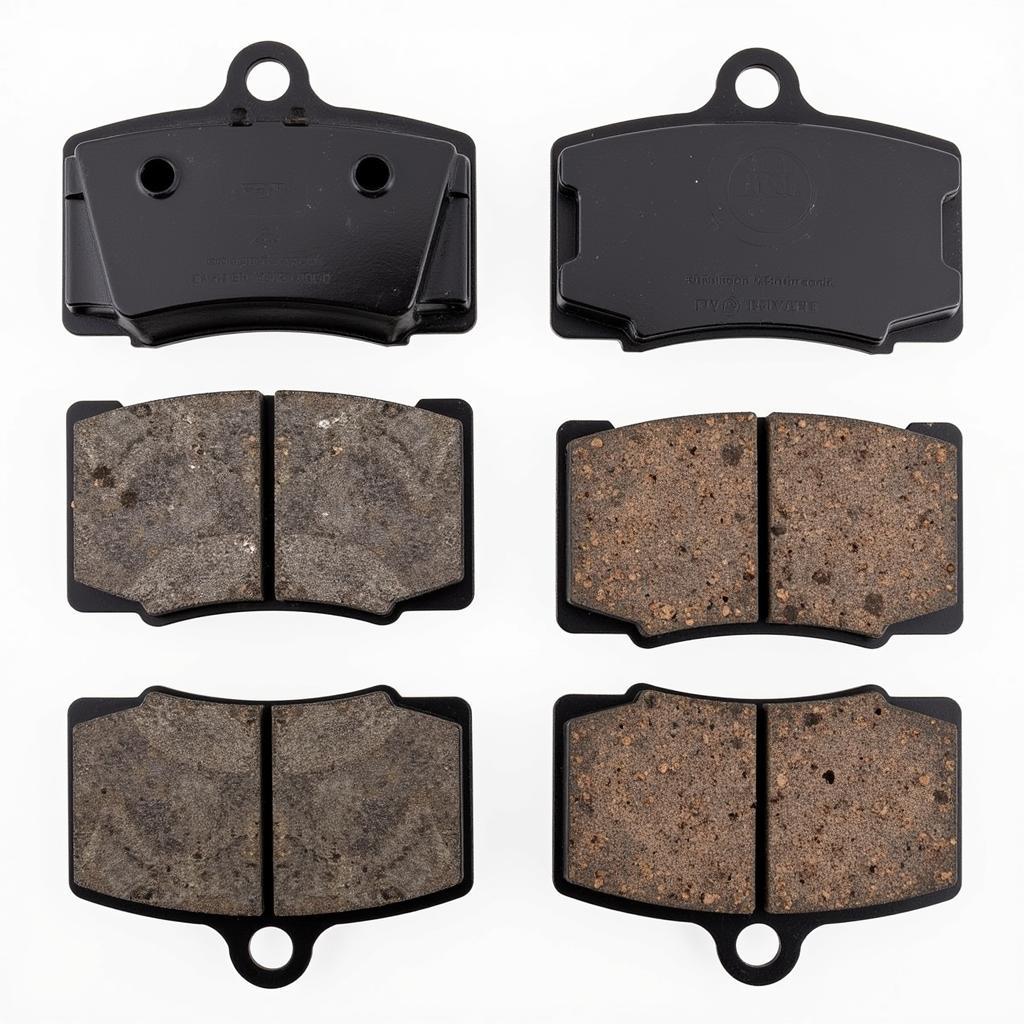 Worn vs. New Brake Pads on a BMW 320d
Worn vs. New Brake Pads on a BMW 320d
Conclusion
Addressing a brake warning light promptly is crucial for your safety and the longevity of your BMW 320d. While resetting the light can be done in some cases, it’s vital to remember that resolving the underlying issue is paramount. Regular maintenance and prompt attention to warning signs are the keys to keeping your BMW’s braking system in peak condition. If you’re ever in doubt, consult a qualified BMW mechanic to ensure your safety and the optimal performance of your vehicle.

